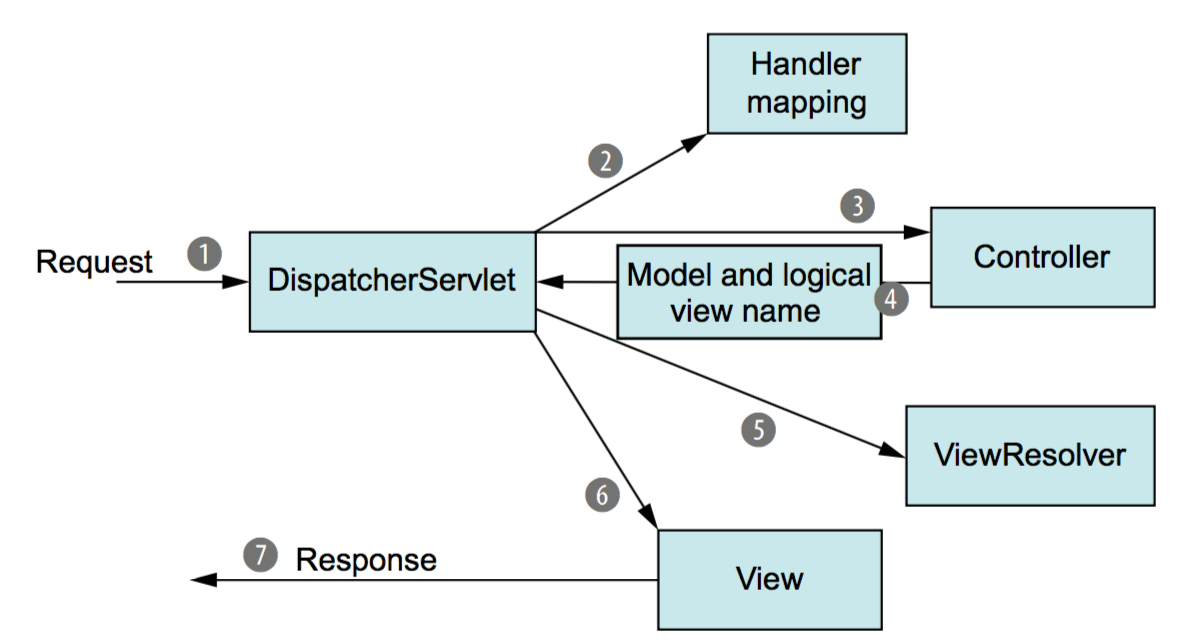关于Python装饰器的理解与实例分析
装饰器是Python中一种强大的语言特性,主要用于修改或增强函数的功能,而无需改变原函数的代码。
下面是一个关于Python装饰器的简单理解以及实例分析:
理解:
- 装饰器本质就是一个接受函数作为参数,并返回一个新的函数的对象。
- 它的主要作用是动态地修改、增加函数的功能,而不是替换原有功能。
实例分析:
简单的装饰器:
def my_decorator(func):def wrapper():print("Something is happening before the function is called.")func()print("Something is happening after the function is called.")return wrapper
这个装饰器会在函数调用前后打印一些信息。
带参数的装饰器:
def log_with_level(level):def decorator(func):def wrapper(*args, **kwargs):print(f"Logging at level {level}:")result = func(*args, **kwargs))print(f"Function returned: {result}")return resultreturn decoratorreturn log_with_level@log_with_level("INFO")def my_function():print("Inside the function.")return "Done."my_function()
这个装饰器接收一个参数
level,并根据传入的级别打印日志。在函数my_function上使用这个装饰器,可以实现对函数行为的记录。
通过以上的理解和实例分析,你应该能更好地理解Python中的装饰器。



































还没有评论,来说两句吧...